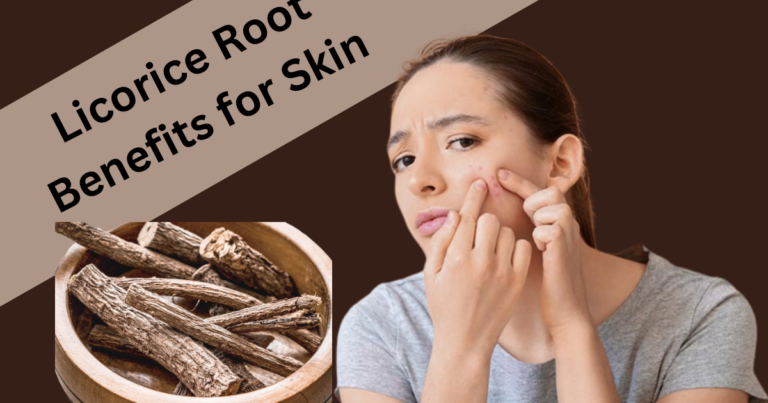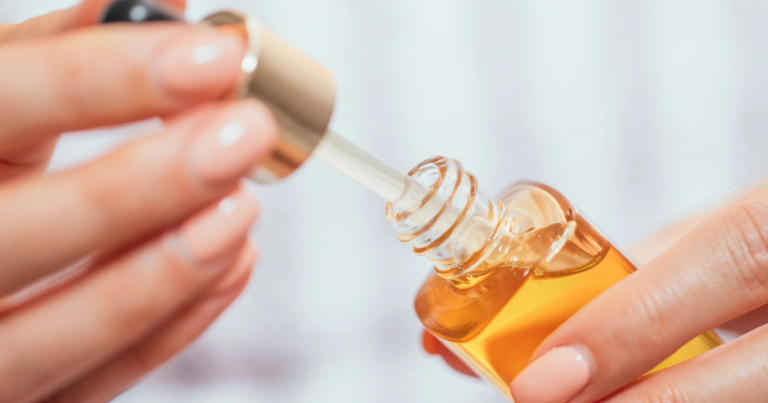How to Take Care of Dog Dry Skin and Matted Hair?
How to Take Care of Dog Dry Skin and Matted Hair?
Are you troubled by your dog dry skin and matted hair? Fear not! This guide unveils effective strategies to give your furry friend the care it deserves.
Taking care of our furry friends goes beyond providing food and shelter. Dogs, like humans, can face Best Moisturizer For Oily Skin issues, with dog dry skin and matted hair being common concerns. In this guide, we’ll delve into the intricacies of addressing these problems and ensuring your dog dry skin and coat are as healthy as can be.

Causes of Dog Dry Skin
Dog dry skin can be attributed to various factors, including environmental conditions, allergies, or inadequate grooming. Similarly, matted hair often results from neglecting regular brushing and grooming routines, leading to tangled and uncomfortable fur.
Recognizing Symptoms
To address these issues, it’s crucial to recognize the symptoms. Dog dry skin might manifest as flakiness, redness, or excessive scratching. Matted hair is noticeable through tangled fur, which can cause discomfort and restrict movement.
Choosing the Right Shampoo for Your Dog Dry Skin
Consider your dog’s breed, skin type, and any specific dermatological conditions when selecting a moisturizing shampoo. Consult with your veterinarian if your dog has allergies or pre-existing skin issues to ensure the chosen shampoo is suitable for their needs.
Bathing Techniques
Choosing the right dog shampoo is the first step in combating dog dry skin. Regular but not excessive bathing, accompanied by moisturizing products, can help maintain dog dry skin hydration and health.
To maximize the benefits of moisturizing dog shampoo, adopt a proper bathing technique. Use lukewarm water, as hot water can strip the skin of natural oils. Thoroughly wet your dog’s coat before applying the shampoo, ensuring complete coverage. Massage the shampoo into the dog dry skin, allowing it to sit for a few minutes to let the moisturizing agents work their magic.
Frequency of Use
The frequency of bathing depends on your dog’s lifestyle and specific needs. Dogs dry skin may benefit from more frequent use of moisturizing shampoos, but over-bathing can strip the skin of essential oils. Finding the right balance is key to maintaining a healthy coat.
DIY Moisturizing Shampoo Recipes
For the crafty dog owners, there are DIY moisturizing shampoo recipes using natural ingredients like honey, olive oil, and chamomile tea. These home remedies can be a fun and cost-effective way to pamper your pooch.
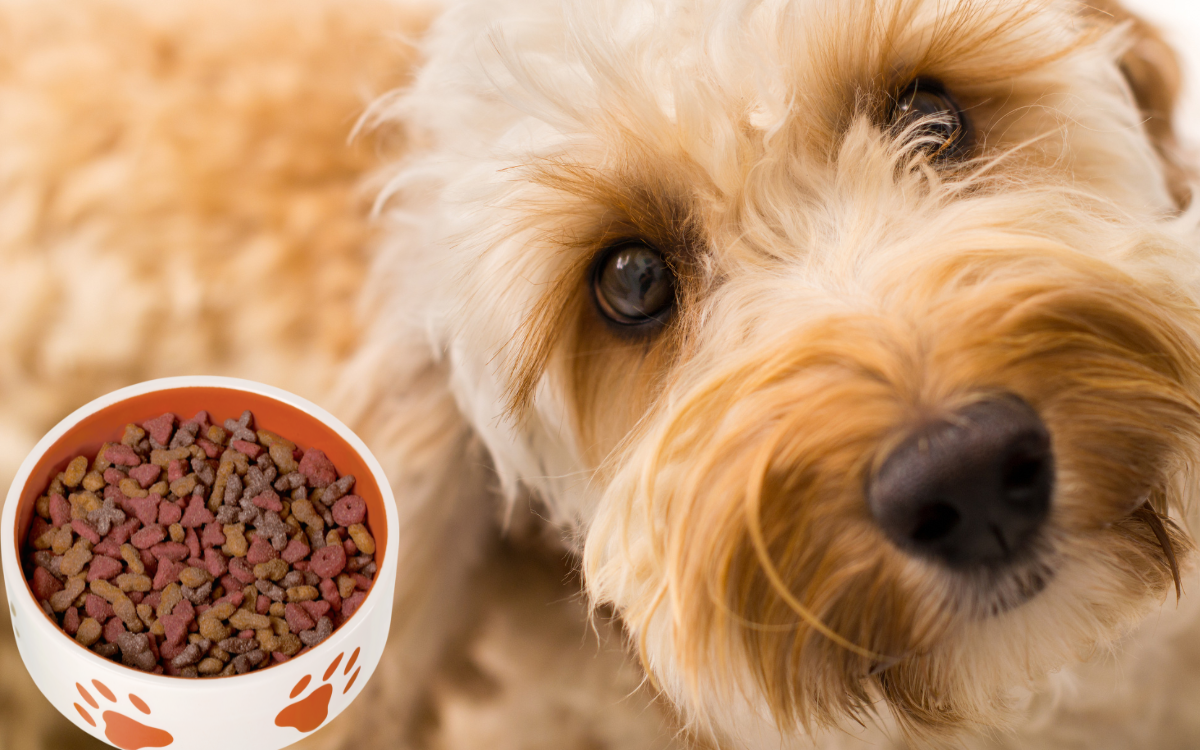
Brushing and Grooming
Regular brushing is a key component of preventing matted hair. Investing in appropriate grooming tools ensures that your dog’s coat stays tangle-free and comfortable.
Brushing is not just about aesthetics; it’s a fundamental aspect of maintaining your dog’s health. Regular brushing helps remove loose fur, prevents matting, and stimulates the dog dry skin, promoting blood circulation. It’s a bonding activity that enhances the relationship between you and your canine companion.
Selecting the Right Grooming Tools
Investing in the right grooming tools is the first step towards effective brushing. The market offers a plethora of brushes, each catering to specific coat types. Slicker brushes are ideal for removing loose fur, while bristle brushes work well for smoothing and adding shine. Consult with your veterinarian or a professional groomer to determine the best tools for your dog’s coat.

Frequency of Brushing
The frequency of brushing varies depending on your dog’s breed, coat length, and activity level. Long-haired breeds may require daily brushing to prevent matting, while short-haired breeds can benefit from a weekly grooming session. Pay attention to the specific needs of your dog to establish a brushing routine that suits them best.
Addressing Matted Hair
Matted hair is not only unsightly but can also be uncomfortable for your dog. Regular brushing is the key to preventing mats, but if they occur, it’s crucial to address them promptly. Use a detangling spray or conditioner to gently work through the mats, starting from the tips of the fur and gradually moving towards. For severe matting, seeking professional grooming assistance may be necessary.
Grooming Techniques for Different Coat Types
Understanding your dog’s coat type is essential for effective grooming. Long-haired breeds may require more intricate grooming, including trimming and thinning. Short-haired breeds benefit from a simpler grooming routine, focusing on removing loose fur and promoting a healthy shine.
Bonding Through Grooming
Grooming sessions provide an excellent opportunity for bonding with your dog. Approach grooming with a calm and reassuring demeanor, rewarding your dog with treats and praise. This positive reinforcement creates a pleasant association with the grooming process.
Addressing Sensitive Areas
Dogs may have sensitive areas, such as ears, paws, and tail. Pay special attention to these areas during grooming, using gentle techniques to avoid discomfort. Regularly check and clean ears, trim nails, and inspect the tail for any signs of irritation.
Dietary Considerations for Dog Dry Skin
A well-balanced diet is essential for a dog’s overall health, including skin and coat. Ensure their diet includes essential nutrients like omega-3 fatty acids, promoting skin health.
Just like humans, dogs require a balanced and nutritious diet to thrive. Nutrition plays a pivotal role in maintaining optimal health, supporting immune function, and promoting a shiny, well-conditioned coat. A diet rich in essential nutrients is the cornerstone of a happy and vibrant canine life.
Essential Nutrients for Dog Dry Skin and Coat Health
For a coat that gleams and skin that’s supple, certain nutrients are non-negotiable. Omega-3 fatty acids, found in fish oil, contribute to a lustrous coat and help alleviate dog dry skin issues. Additionally, proteins, vitamins A and E, and zinc play crucial roles in maintaining skin health.

Choosing the Right Dog Food
Selecting the right dog food is paramount. Look for high-quality commercial dog food with a balance of proteins, fats, and carbohydrates. Avoid fillers and artificial additives that may contribute to skin allergies and coat problems. Consult with your veterinarian to determine the specific dietary needs of your dog based on factors like breed, age, and activity level.
Raw and Homemade Diets
Some pet owners opt for raw or homemade diets, emphasizing fresh, unprocessed foods. While these diets can provide essential nutrients, it’s crucial to ensure a well-rounded and balanced meal plan. Consult with a veterinarian or canine nutritionist to create a diet that meets your dog’s unique nutritional requirements.
Foods to Include for Skin and Coat Health
Incorporate skin-friendly foods into your dog’s diet. Fish, rich in omega-3 fatty acids, is a fantastic addition. Eggs, lean meats, and vegetables like sweet potatoes and carrots provide a spectrum of essential nutrients. Consult with your vet before introducing new foods to ensure they align with your dog’s dietary needs.
Avoiding Common Dietary Pitfalls
Certain foods can have adverse effects on a dog’s skin and coat. Chocolate, onions, and excessive salt are just a few examples of items to keep out of your dog’s diet. Be vigilant about potential allergens and monitor your dog’s reaction to new foods.
Supplements for Extra Shine
In some cases, dietary supplements may be beneficial. Omega-3 fatty acid supplements, for instance, can provide an extra boost for skin and coat health. Consult with your veterinarian before introducing any supplements to your dog’s diet.
Hydration Importance
Water is often overlooked but is a critical component of a dog’s diet. Proper hydration is essential for skin elasticity and overall health. Ensure your dog has constant access to clean, fresh water, especially during warmer weather or periods of increased physical activity.
Environmental Factors
Consider the climate your dog lives in. Extreme weather conditions can affect their skin, so make adjustments to ensure their comfort.
The climate your dog lives in can have a profound impact on their skin health. In colder climates, dogs may experience dry, flaky skin, while warmer climates can contribute to issues like heat rash and allergies. Understanding these effects allows you to make adjustments to ensure your dog remains comfortable year-round.
Creating a Comfortable Living Environment
Ensuring a comfortable living environment for your dog is essential. Provide shelter from extreme weather conditions, whether it’s a cozy dog bed indoors during the winter or shaded areas outside during the summer. This not only protects dog dry skin but also contributes to their overall mental well-being.
Outdoor Activities and Exercise
Regular exercise is crucial for your dog’s health, but environmental factors should be considered during outdoor activities. In hot weather, exercise during the cooler parts of the day to prevent overheating. In colder weather, be mindful of paw protection and limit exposure to icy conditions.
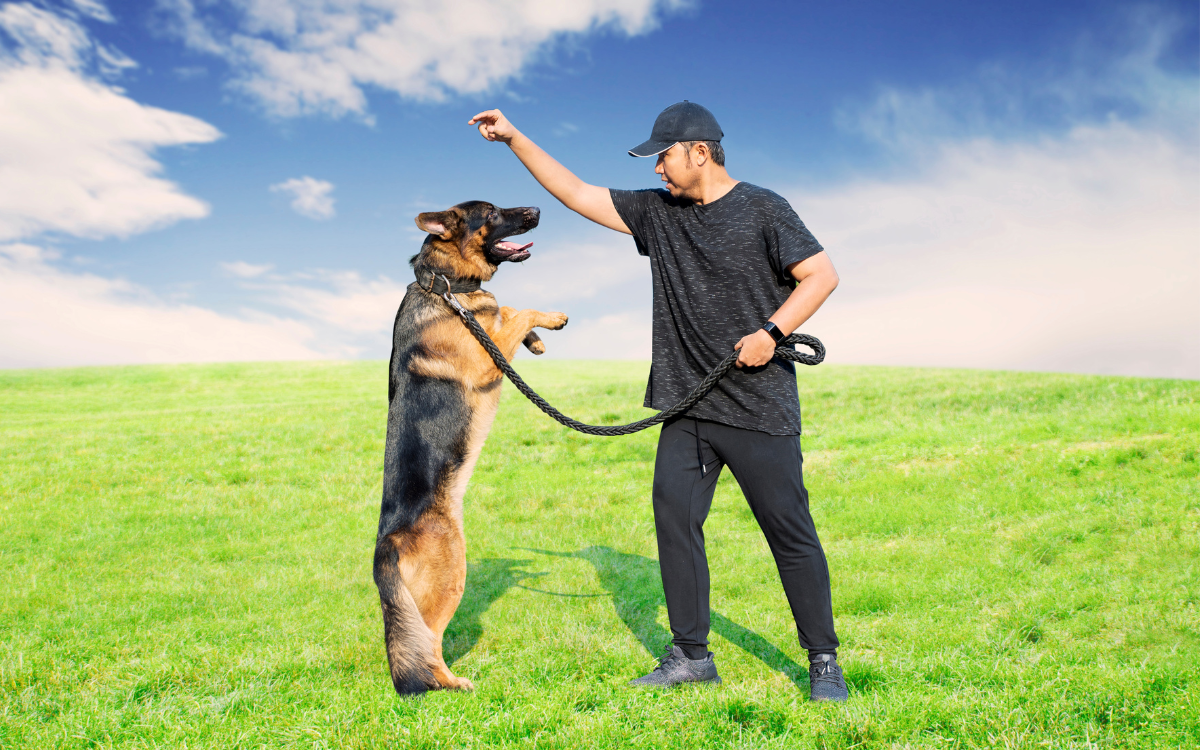
Allergens and Skin Sensitivities
Environmental allergens can affect dogs just as they do humans. Pollen, grass, and other outdoor elements can contribute to skin sensitivities. Regular grooming, including wiping down paws after outdoor excursions, can help minimize the impact of allergens on your dog dry skin.
Pest Control and Preventive Measures
Pests like fleas and ticks are not only nuisances but can also cause skin issues. Implementing a regular pest control regimen is essential. Consult with your veterinarian to determine the most effective preventive measures, considering the specific environmental challenges in your area.
Seasonal Changes and Coat Care
Seasonal changes bring variations in temperature and humidity, affecting your dog’s coat. Adjust grooming routines accordingly – more frequent brushing during shedding seasons and additional moisturizing during dry spells. Adapting to these changes ensures your dog dry skin and coat remain in optimal condition.
Indoor Air Quality
While outdoor factors are crucial, indoor air quality also plays a role in your dog’s well-being. Ensure proper ventilation and minimize exposure to environmental irritants like tobacco smoke and strong chemicals, which can impact skin health.
The Role of Sunlight
Sunlight is essential for overall health, including skin health. Allow your dog access to natural sunlight, but be mindful of prolonged exposure, especially for dogs with light-colored or thin coats that are more susceptible to sunburn.
Medical Conditions
Certain medical conditions can contribute to dog dry skin issues. If symptoms persist, seeking veterinary advice is crucial for accurate diagnosis and treatment.
Dogs, our loyal companions, can face various medical conditions that impact the health of dog dry skin. As responsible pet owners, it’s crucial to be vigilant and proactive in identifying signs of potential issues. This guide aims to shed light on common medical conditions affecting a dog dry skin, emphasizing the importance of early detection and appropriate veterinary care.
Common Medical Issues
Several medical conditions can affect a dog’s skin, leading to discomfort and potentially more severe health issues. Allergies are a prevalent concern, with symptoms ranging from itching and redness to inflammation. Environmental allergens, certain foods, and flea bites can all contribute to allergic reactions in dogs.
Infections, whether bacterial or fungal, are another common culprit. Hot spots, rashes, or changes in skin texture may signal an underlying infection that requires prompt veterinary attention. Additionally, hormonal imbalances, such as thyroid disorders or Cushing’s disease, can manifest in skin-related symptoms like changes in coat condition, hair loss, or darkened skin.
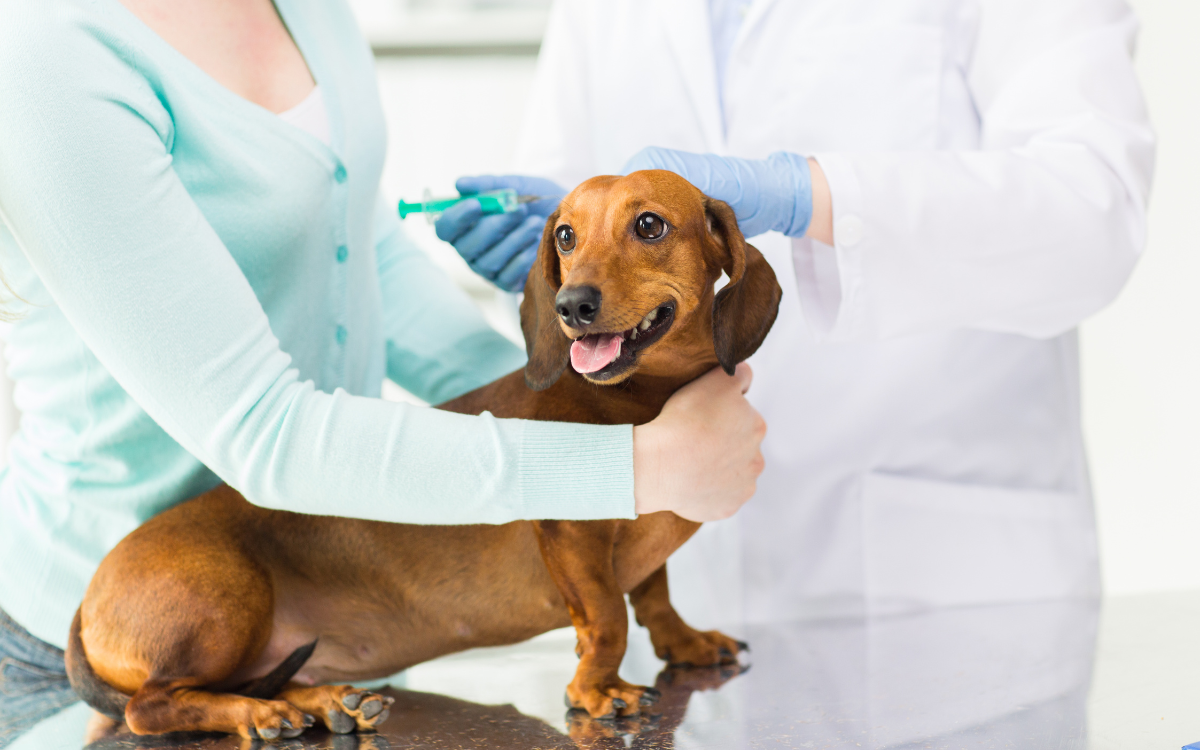
Seeking Veterinary Attention
Early identification and intervention are crucial when it comes to canine skin issues. If you observe any signs of allergies, infections, or hormonal imbalances, it’s imperative to consult with a veterinarian promptly. Veterinary professionals can conduct comprehensive examinations, perform necessary tests, and provide a precise diagnosis.
Treatment plans may include medications, dietary adjustments, or specialized care tailored to address the specific medical condition affecting your dog’s skin. By seeking professional guidance and acting proactively, you can ensure that your beloved canine companion receives the care needed for a healthy and comfortable life.
Home Remedies
Explore natural remedies for dog dry skin, such as oatmeal baths, and DIY solutions for matted hair, using safe detangling techniques.
While professional grooming and veterinary care are essential for your dog’s well-being, there’s also a world of effective home remedies to keep your furry friend’s coat shiny and healthy. In this guide, we’ll delve into some simple and natural solutions that you can easily incorporate into your dog’s grooming routine.
Oatmeal Baths for Dog Dry Skin
If your dog struggles with dog dry skin, an oatmeal bath can work wonders. Oatmeal has soothing properties that help alleviate itching and moisturize the skin. Prepare a bath with lukewarm water and add finely ground oatmeal. Let your dog soak for about 10-15 minutes, then rinse thoroughly. This home remedy is particularly beneficial for breeds prone to dog dry skin issues.
Coconut Oil Massage for Shine
Coconut oil isn’t just a trendy superfood; it’s also a fantastic natural remedy for a glossy coat. Gently massage a small amount of coconut oil into your dog’s coat, focusing on areas prone to dryness. Not only does this remedy add shine, but it also helps moisturize the dog dry skin. Ensure you use virgin or unrefined coconut oil for the best results.
Apple Cider Vinegar Rinse for Odor Control
If your dog tends to get a bit smelly between baths, an apple cider vinegar rinse can come to the rescue. Mix equal parts of water and apple cider vinegar and use it as a final rinse after regular bathing. This not only helps control odor but also contributes to a healthy and pH-balanced skin environment.
Chamomile Tea Compress for Itching
For dogs with itchy skin, a chamomile tea compress can provide relief. Brew a strong cup of chamomile tea, let it cool, and then soak a clean cloth in the tea. Gently apply the compress to the itchy areas on your dog dry skin. Chamomile has anti-inflammatory properties that can soothe irritated skin and reduce itching.
Yogurt Treats for Gut Health
A healthy gut contributes to a healthy coat. Incorporate plain, unsweetened yogurt into your dog’s diet. The probiotics in yogurt can promote digestive health, which, in turn, reflects positively on their dog dry skin and coat. Add a spoonful to their meals or freeze yogurt in ice cube trays for a refreshing summer treat.
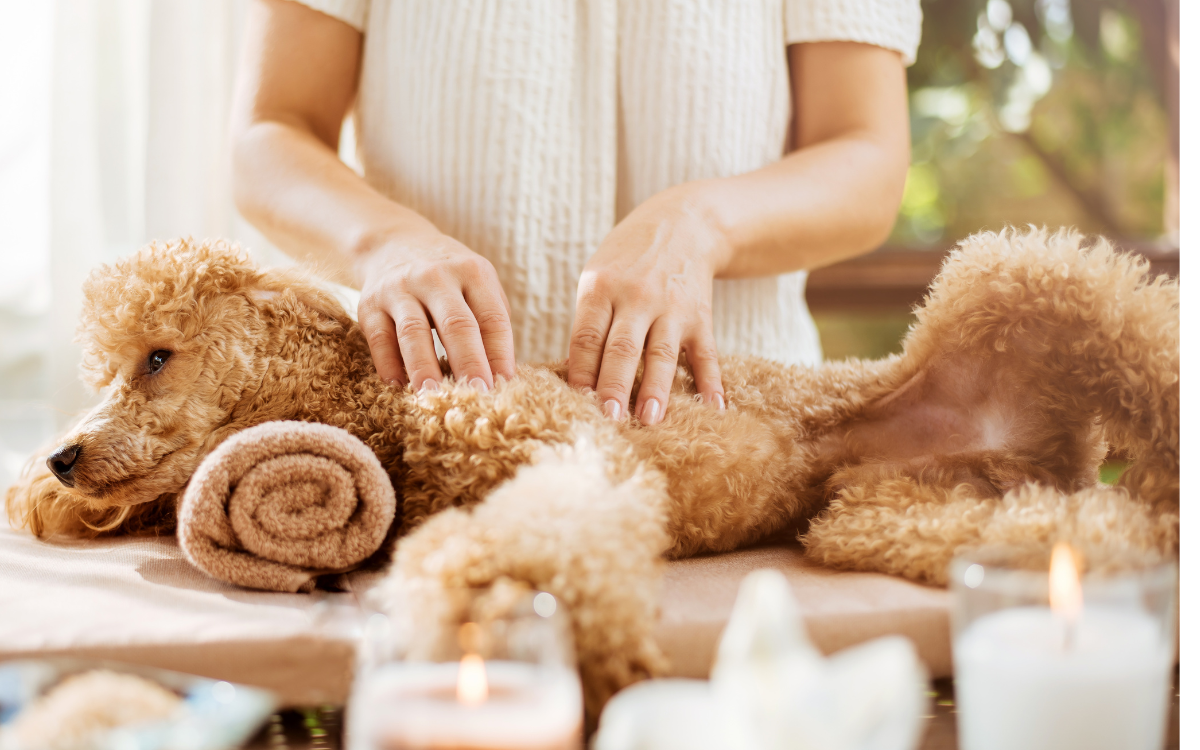
Preventive Measures
Establish a routine that includes regular brushing, grooming, and a balanced diet to prevent both dog dry skin and matted hair.
Prevention is often the best medicine, and this principle holds true when it comes to maintaining a healthy coat for your furry friend. In this comprehensive guide, we’ll explore proactive preventive measures that can contribute to your dog’s overall coat health, ensuring they flaunt a shiny, lustrous fur coat throughout their life.
Regular Grooming Routine
Establishing a regular grooming routine is the cornerstone of preventive care for your dog’s coat. Brushing removes loose fur, prevents matting, and stimulates blood circulation to promote a healthy coat. The frequency of grooming depends on your dog’s breed, with long-haired breeds requiring more frequent sessions than short-haired ones. Additionally, routine nail trims and ear cleanings are essential components of a comprehensive grooming routine.
Balanced Nutrition for Coat Wellness
A well-balanced diet is fundamental to your dog’s overall health, and it significantly impacts the condition of their coat. Ensure your dog’s diet includes high-quality commercial dog food with the right balance of proteins, fats, and carbohydrates. Incorporate skin-friendly foods like fish, eggs, and vegetables to enhance coat health. Consult with your veterinarian to tailor the diet to your dog’s specific needs based on factors like age, breed, and activity level.
Regular Veterinary Check-ups
Regular veterinary check-ups are instrumental in catching potential coat issues before they escalate. Veterinarians can identify underlying health issues, recommend preventive measures, and provide tailored advice based on your dog’s individual needs. Keep up with vaccinations and discuss preventive healthcare strategies during these visits.
Professional Grooming Services
Professional grooming services can be beneficial, especially for breeds prone to matting. Consider seeking help when necessary.
While at-home grooming is a necessity, there’s a certain level of care and expertise that professional grooming services bring to the table. In this guide, we’ll explore the world of professional grooming, highlighting the unique benefits that can transform your dog’s grooming experience into a spa-like retreat.
Expertise in Breed-Specific Grooming
One of the standout advantages of professional grooming is the expertise groomers bring to breed-specific needs. Different breeds require distinct grooming techniques, whether it’s the intricate grooming of long-haired breeds or the specific trim styles for certain dog shows. Professional groomers are well-versed in these nuances, ensuring your dog receives a tailored grooming experience that enhances their natural beauty.

Handling Techniques for Anxious Dogs
Some dogs may find grooming stressful, leading to anxious behavior during at-home sessions. Professional groomers are trained in handling techniques to manage anxious or nervous dogs effectively. This ensures a safer and more comfortable grooming experience for your dog, reducing stress and creating a positive association with grooming.
Health Checks and Early Detection
Professional grooming sessions often include health checks that go beyond skin and coat. Groomers may identify issues like lumps, bumps, or abnormalities that may require veterinary attention. This early detection can be crucial for addressing health concerns promptly, contributing to a holistic approach to your dog’s well-being.
Choosing the Right Products for Dog Dry Skin
When selecting dog care products, scrutinize ingredient lists to avoid harmful substances that could exacerbate skin issues.
Choosing the right grooming products for your dog is more than just a selection from the pet store shelves; it’s a thoughtful decision that impacts the health and appearance of your furry friend. In this guide, we’ll navigate the aisles together, exploring the factors to consider when selecting products that cater to your dog dry skin and coat needs.
Understanding Your dog dry skin and Coat Type
Before diving into the vast array of grooming products, it’s essential to understand your dog’s specific skin and coat type. Different breeds have varying requirements – from short and smooth coats to long and curly ones. Knowing your dog’s characteristics allows you to choose products tailored to their needs, whether it’s moisturizing shampoos for dog dry skin or detangling conditioners for long-haired breeds.
Opting for Breed-Specific Formulations
Many grooming product lines offer formulations tailored to specific breeds or coat types. These products often contain ingredients designed to address the unique needs of certain breeds, whether it’s added moisture for dog dry skin or extra shine for a particular coat texture. Exploring breed-specific options can enhance the effectiveness of the grooming routine.
Reading Product Labels
Become a label detective when selecting grooming products for your dog. Reading product labels can provide valuable insights into the ingredients, ensuring you make informed choices. Look for natural and high-quality ingredients like aloe vera, oatmeal, and essential oils. Avoid products that contain excessive artificial additives or harsh chemicals that may compromise your dog dry skin health.
Trial and Observation
Every dog is unique, and what works well for one may not be suitable for another. Consider conducting a trial period with a new grooming product and observe how your dog dry skin and coat react. If you notice any adverse effects or improvements, adjust your product choices accordingly. Consulting with your veterinarian for product recommendations based on your dog’s individual needs is always a wise approach.
Creating a Comfortable Routine
Incorporate care into your daily activities, making it a positive and enjoyable experience for your dog.
Grooming time doesn’t have to be a stressful experience for you and your furry friend. Creating a comfortable grooming routine is not only essential for maintaining your dog dry skin and coat health but also for strengthening the bond between you and your canine companion. In this guide, we’ll explore steps to craft a grooming routine that prioritizes your dog’s comfort and well-being.
Start Early and Gradual
Introducing grooming to your dog early in life sets the foundation for a positive experience. Start with short sessions and gradually increase the duration as your dog becomes more comfortable. This approach helps build trust and prevents grooming from becoming an overwhelming or negative experience.
Positive Reinforcement
Make grooming a positive experience by incorporating treats and praise. Reward your dog during and after grooming sessions to reinforce good behavior. This positive reinforcement creates a connection between grooming and positive associations, making your dog more cooperative and eager to participate.
Choose the Right Tools
Investing in the right grooming tools is crucial for your dog’s comfort. Select brushes, combs, and nail clippers that are appropriate for your dog’s breed and coat type. Tools with rounded edges and smooth surfaces are gentler on the skin, reducing the risk of discomfort or injury. Regularly clean and maintain your grooming tools to ensure they remain effective and safe.
Establish a Routine
Consistency is key to a comfortable grooming routine. Establish a regular schedule for grooming sessions, whether it’s weekly brushing, monthly baths, or bi-weekly nail trims. A predictable routine helps your dog anticipate and adjust to grooming, making the process less stressful.
Create a Relaxing Environment
Set the stage for a comfortable grooming experience by creating a relaxing environment. Choose a quiet and well-lit space with minimal distractions. Play calming music or use aromatherapy diffusers with scents like lavender to create a soothing atmosphere. A comfortable environment contributes to your dog’s overall sense of ease during grooming.
Short and Positive Sessions
Keep grooming sessions short and positive, especially if your dog is new to the routine. Aim for brief, focused sessions rather than extended grooming marathons. Gradually increase the duration as your dog becomes more accustomed to the process. This approach helps prevent fatigue and maintains a positive association with grooming.
Pay Attention to Body Language
Your dog communicates a lot through body language. Pay close attention to their signals during grooming, such as signs of discomfort or stress. If your dog seems anxious, take a break, offer reassurance, and resume when they are more relaxed. Understanding your dog’s cues enhances the overall comfort of the grooming experience.
Post-Grooming Rewards
After a grooming session, reward your dog with extra love, playtime, or their favorite treats. This post-grooming reward reinforces the positive experience and helps your dog associate grooming with enjoyable activities. Celebrate the completion of the grooming routine to leave a lasting positive impression.
FAQs
How often should I bathe my dog to prevent dry skin?
It depends on your dog’s breed and activities. Generally, once a month is sufficient.
Can I use human shampoo on my dog?
No, it’s recommended to use a shampoo specifically formulated for dogs to maintain the pH balance of their skin.
What are some signs of allergies causing dog dry skin?
Allergic reactions in dogs may include itching, redness, and inflammation of the skin.
Is professional grooming necessary for all dog breeds?
While not necessary for all, certain breeds prone to matting benefit greatly from professional grooming.
Are there any specific dietary supplements for improving a dog’s coat?
Omega-3 fatty acid supplements are known to promote healthy skin and a shiny coat in dogs.
Conclusion
Taking care of your dog dry skin and matted hair requires a combination of proper grooming, a balanced diet, and attention to environmental factors. By understanding the causes and symptoms, implementing preventive measures, and seeking professional help when needed, you can ensure your furry friend enjoys a healthy and comfortable life.


